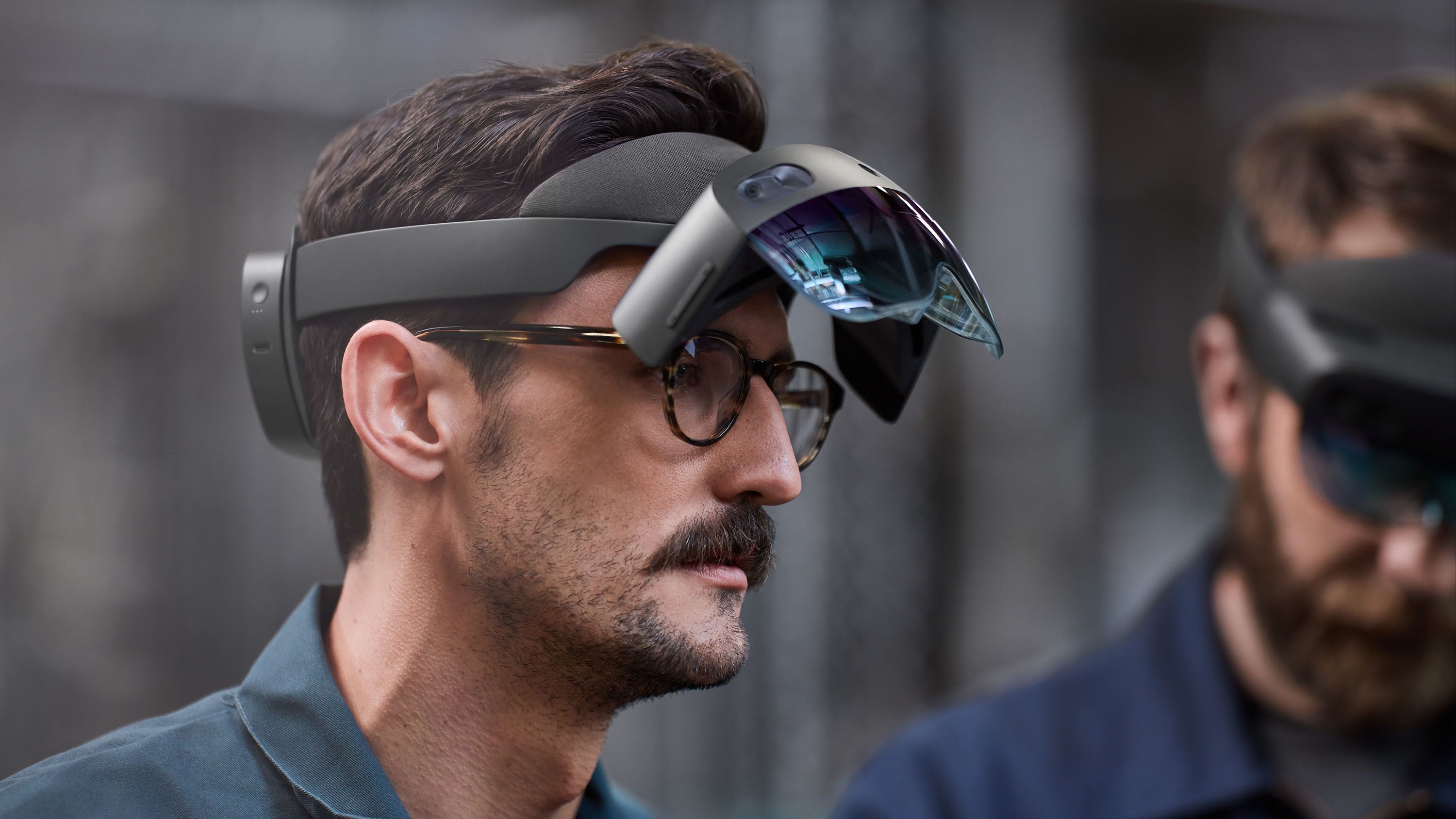Virtual reality (VR) is no longer just for gaming and entertainment. In fact, it’s quickly becoming a powerful tool for businesses looking to enhance collaboration and productivity in the workplace. One of the major players in this field is Microsoft, which recently announced that it will be shutting down its social VR platform AltspaceVR in March and shifting focus to its business-oriented Microsoft Mesh (MM) product.
AltspaceVR was founded in 2013 by Eric Romo, the director of products at Facebook Reality Labs Social Experiences. However, slow growth in the VR market led to a funding deal falling through and the company shutting down operations due to a lack of funds. In 2017, Microsoft stepped in and acquired the struggling firm for an undisclosed amount. At the time, it was seen as a strategic move to compete with Facebook, which was also investing heavily in VR.
Now, Microsoft has decided that better opportunities lie in the business sector rather than with retail consumers. The company believes that the potential for VR is much greater in the business world and that the MM platform can provide a more open, accessible, and secure version of immersive experiences in the metaverse for business users. In a statement, the company said: “We see the opportunity for VR expanding beyond consumer into business and now have an even greater goal: a more open, accessible, and secure version of immersive experiences in the metaverse.”

The MM platform was launched in November 2021 with the goal of “making collaboration in the ‘metaverse’ personal and fun.” With the shift to remote work, Microsoft saw an opportunity to bring the real-life office, such as “chance encounters,” facial expressions, and body language, into a virtual world setting. MM operates as part of the Microsoft Teams business communications platform, which incorporates team collaboration features such as video conferencing and chat. With MM, business users can experience mixed reality applications.
One of the major benefits of using VR in the workplace is enhanced collaboration and teamwork. With VR, team members can work together in a virtual environment, regardless of their physical location. This can help to break down geographical barriers and make communication and collaboration more efficient. Additionally, VR can also help to improve employee engagement and motivation by providing a more immersive and interactive experience.
Another benefit of using VR in the workplace is the ability to reduce costs. With VR, businesses can create virtual prototypes and models, which can save time and money on the development process. This can also help to minimize errors and improve the overall quality of products and services. Additionally, VR can also be used to create virtual training and development programs, which can save on travel and training costs.
Overall, the potential for VR in the workplace is vast. From enhanced collaboration and teamwork to cost savings and improved employee engagement, VR is a powerful tool that businesses should definitely consider. With the shift in focus from Microsoft from social to business, it’s clear that the company sees the potential for VR in the business world and is positioning itself to be a leader in this field. As VR technology continues to evolve and improve, we can expect to see more businesses embracing the technology and reaping the benefits it has to offer.

Thanks for reading out Solanews content, follow our social media channels

